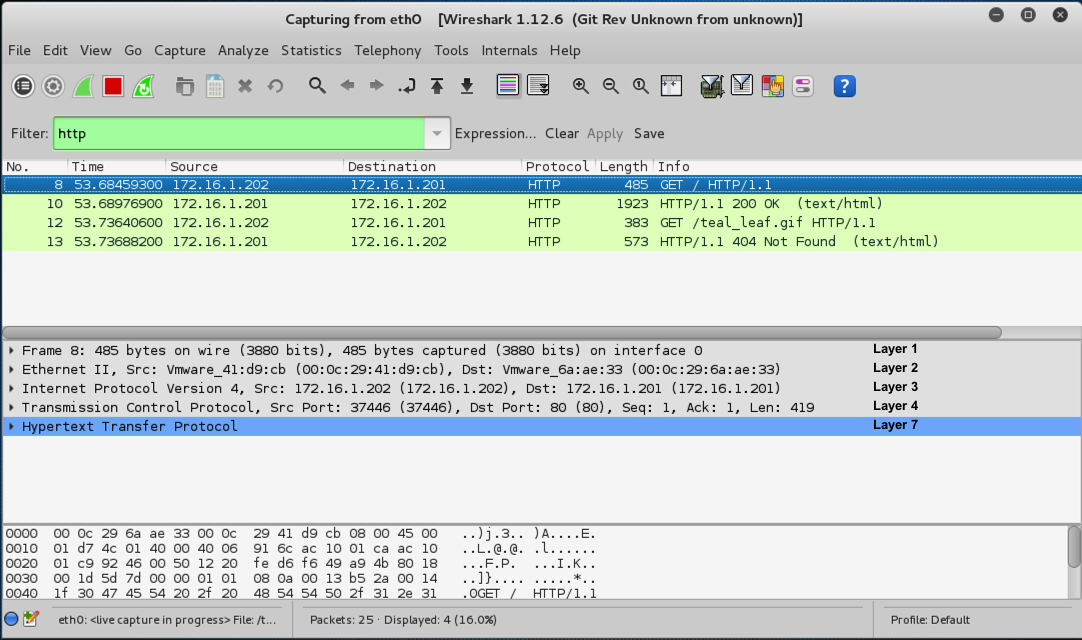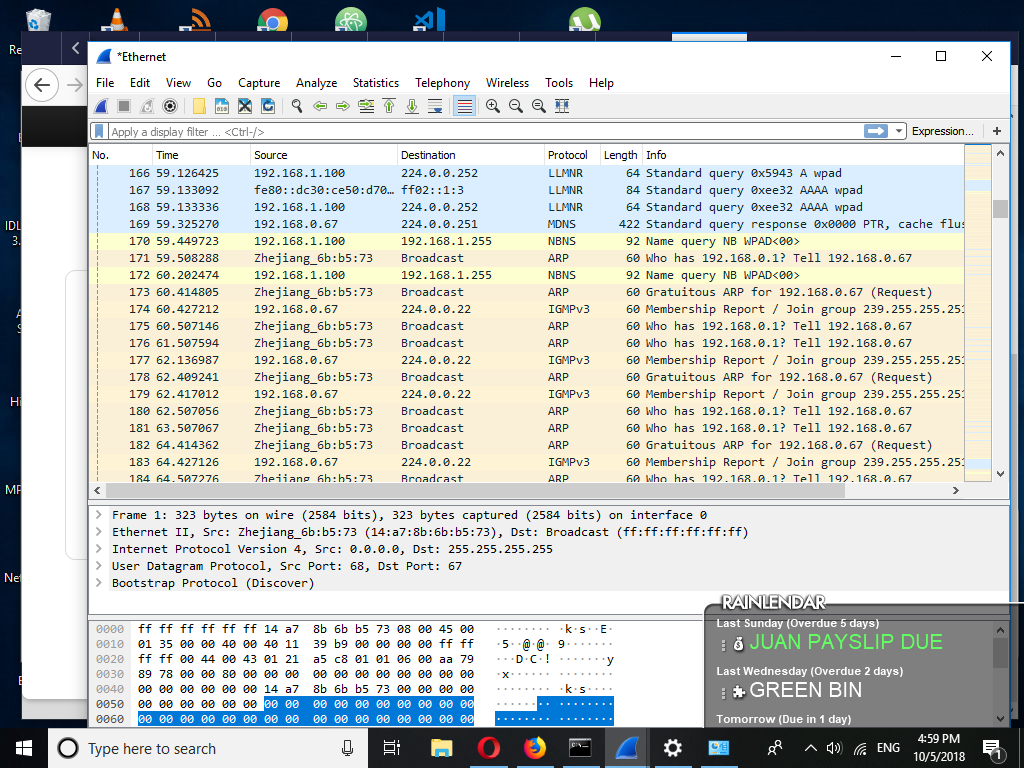

A HTTP proxy often uses a different port typical values are 81, 3128, 80. The well known TCP port for HTTP traffic is 80. TCP: Typically, HTTP uses TCP as its transport protocol. MIME_multipart: HTTP uses MIME_multipart to encode its messages. Hence HTTP/1.1 was published, first as RFC2068 in January 1997, soon superseded by RFC2616 published in June 1999. As the community using HTTP grew at an incredibly fast pace, and thanks to usage experience gathered by the community and processed by experts, the need for a more formal definition of the HTTP protocol emerged. Support for multiple media types was already part of the informal HTTP/1.0 standard published as RFC1945 back in 1996. Soon the need for a more rich multimedia experience was born, and the markup language provided support for a growing multitude of media types. Mosaic was a popular browser back in 1994.

One of the first text-based browsers was LYNX which still exists today a graphical HTTP client appeared very quickly with the name NCSA Mosaic. The first public HTTP implementation only allowed for plain text information, and almost instantaneously became a replacement of the GOPHER service. The Hyper Text Transfer Protocol (HTTP) was initiated at the CERN in Geneve (Switzerland), where it emerged (together with the HTML presentation language) from the need to exchange scientific information on a computer network in a simple manner. The web browser will read the URI scheme ( initiate the security protocol to the server, and once this secure connection is established, issue a HTTP request over it with the URI specified in the request. The URLs starting with really are only a shorthand notation for the end user.


The second protocol, which runs on top of this security protocol, is HTTP. The first protocol is a security protocol like SSL, TLS or PCT. The HTTPS protocol is in fact two protocols running on top of each other. This is often used where privacy of data is necessary, e.g. This enables greater efficiency, especially on revalidation.Īn encrypted variant named HTTPS is also available. The only restriction is the server MUST return the responses in the same order as they were received. HTTP/1.1 allows for client-server connections to be pipelined, whereby multiple requests can be sent (often in the same packet), without waiting for a response from the server. The HTTP protocol header is text-based, where headers are written in text lines. the Apache HTTP server), which in return will issue a HTTP response. a web browser such as Mozilla) performs a HTTP request to a HTTP server (e.g. The Hyper Text Transport Protocol is a text-based request-response client-server protocol.


 0 kommentar(er)
0 kommentar(er)
